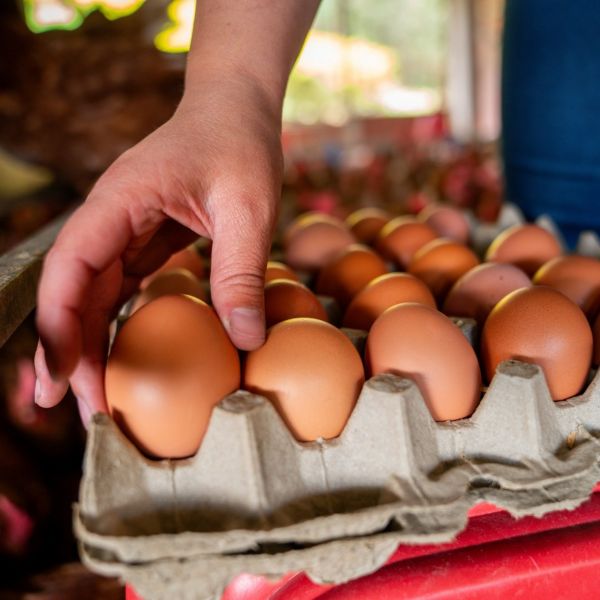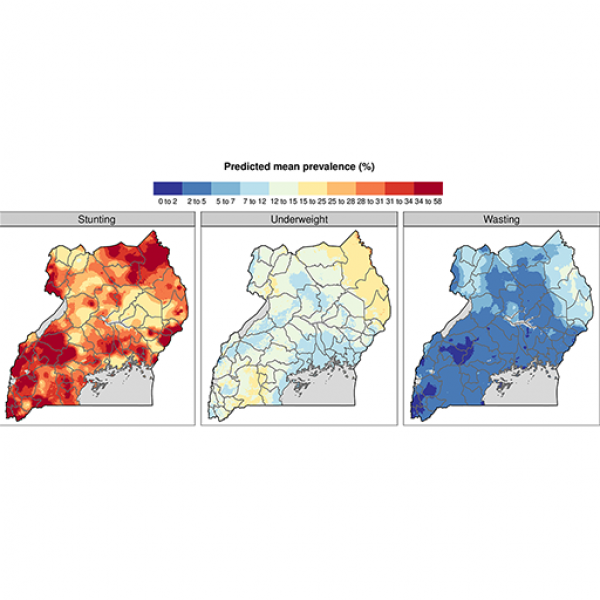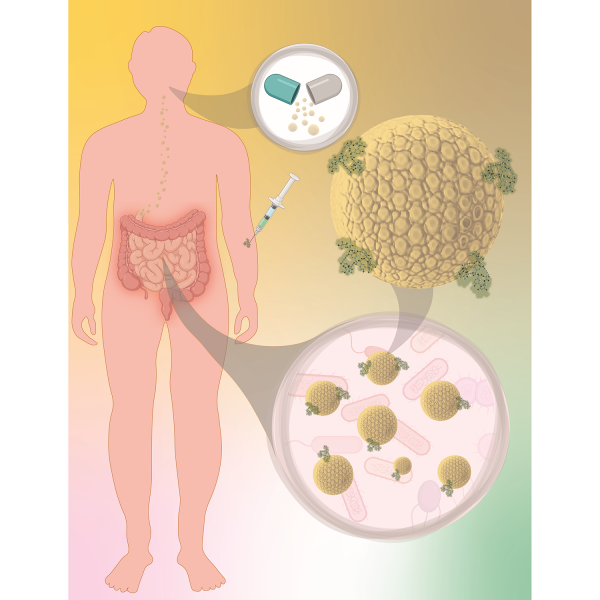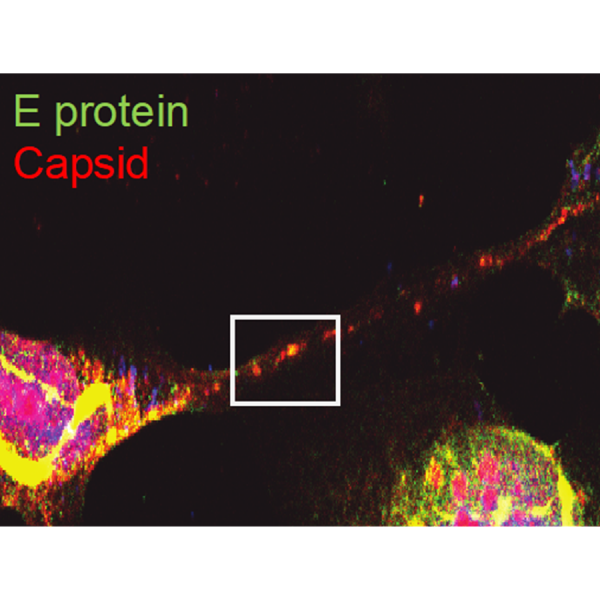News

May 07, 2025
Common diabetes drug helps chickens lay more eggs
Metformin, a drug commonly prescribed to humans, could be a game-changer for farms and food production, researchers said.
Full Article

Apr 24, 2025
Grozinger appointed to National Academies committee on insect declines
The National Academies of Sciences, Engineering, and Medicine recently appointed Christina Grozinger, Publius Vergilius Maro Professor of Entomology and director of the Huck Institutes of the Life Sciences at Penn State, to an 18-member study committee to examine the status of insects in North America.
Full Article

Apr 21, 2025
Focus on sanitation and clean water may improve control of endemic cholera
Pathogens that persist in hosts and environments may require tailored management strategies, according to new study of endemic cholera interventions in Sub-Saharan Africa.
Full Article

Apr 07, 2025
Forty-two graduate students recognized with University awards
Annual awards celebrate graduate students' impact in research, scholarship, teaching, outreach and more.
Full Article

Mar 28, 2025
Four Penn State faculty elected AAAS Fellows
Four Penn State faculty members in areas ranging from agriculture to the biological sciences, geology and physics have been elected to the latest cohort of fellows of the American Association for the Advancement of Science (AAAS), the world’s largest general scientific society and publisher of the journal Science.
Full Article

Mar 20, 2025
Rainfall and drought linked to childhood growth outcomes in Uganda
Rainfall and long-term water availability in a region before a woman becomes pregnant and during pregnancy predicted future growth outcomes of children in Uganda, according to new research led by a team from the Penn State Health Milton S. Hershey Medical Center and the Penn State College of Medicine.
Full Article

Mar 18, 2025
FDA-approved dialysis drug may help fight against antimicrobial resistance
The study, conducted in mice, revealed that sevelamer can successfully remove off-target antibiotics from the gut.
Full Article

Mar 17, 2025
Ag Sciences research institute SAFES funds projects addressing critical issues
Penn State’s College of Agricultural Sciences, through its Institute for Sustainable Agricultural, Food and Environmental Science, known as SAFES, announced funding awards to accelerate the advancement of its Critical Issues Initiatives. These initiatives serve as the college’s impact hubs, addressing urgent and high-impact challenges through targeted efforts and innovative projects.
Full Article

Mar 17, 2025
Virtual lecture to explore the importance of maintaining healthy ecosystems
On March 25, Erika Ganda, an assistant professor in Penn State’s Department of Animal Science, will discuss via Zoom how microbes in animals, people and the environment are interconnected through a concept known as “One Health.” The lecture is part of the Penn State Alumni Association's Virtual Speaker Series.
Full Article

Mar 17, 2025
Tunnel-building virus: How Zika transmits from mother to fetus
A team of researchers from Penn State and Baylor College of Medicine found that the Zika virus builds tiny tunnels, called tunneling nanotubes, to stealthily transport material needed to infect nearby cells, including in placental cells.
Full Article